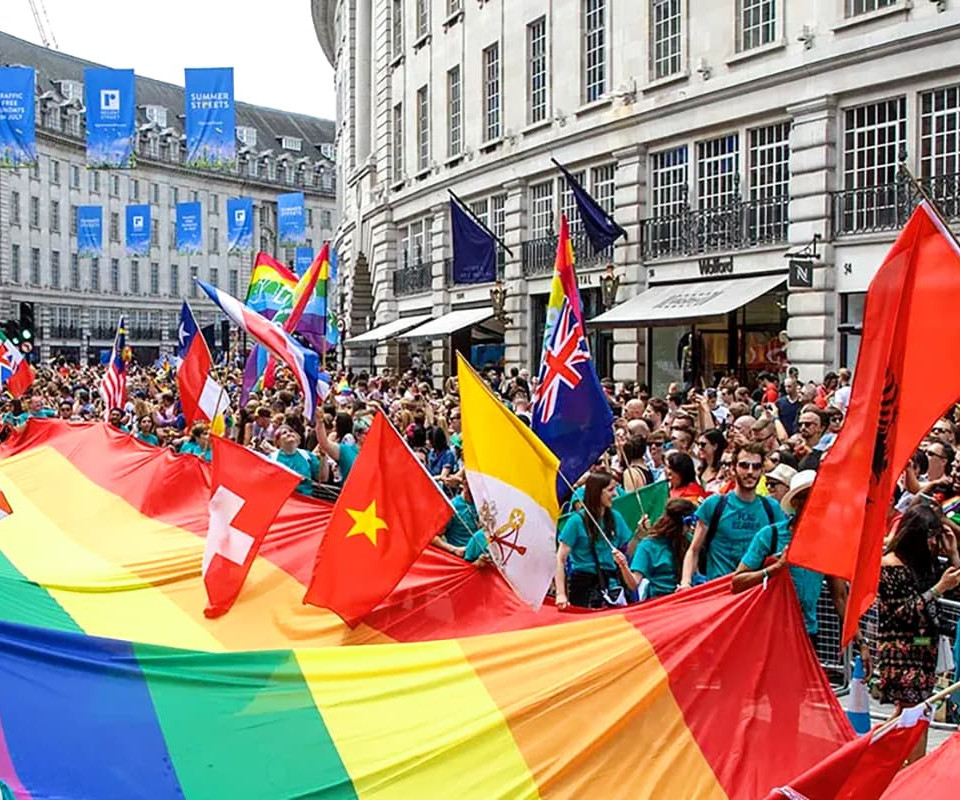Thinking Outside the Box
If we take a team who think and act in the same way, with similar personalities and communication styles, the output of the work will generally be the same with an organised consensus each time. This makes it difficult if the end customer is different to this way of thinking or if a new employee with different ideas comes into the team as they’d feel less likely to share their thoughts and challenge existing ideas. With this work style, it is less likely for a business to thrive and truly reach a range of customers with different needs. It is also more likely to continue producing a homogenous workforce with less room for diverse thinking.
So imagine we took people from different cultures and backgrounds; the multitude of different ideas from personal and professional experience would allow for better problem-solving methods and results. Furthermore, bringing together people with varying thinking styles allows a problem to be tackled from all angles; some people might thrive in creatively generating new ideas, whereas others work analytically. Others take more of a big picture approach. Having a mix of thinkers stimulates creativity leading to effective decision making and potential for new ideas.
Robert Stevenson advocated that the more diverse a group is, the greater the potential to discover alternative ways to do something that may lead to improvement. This supports the idea that sometimes a process that has been in place for decades may not be the most efficient way of doing things, and different thinking styles, experiences and fresh perspectives can help inspire change.
Diversity of Thought & Financial Growth
Embracing individuality and different viewpoints can also help drive innovation and progress. A 2014 McKinsey study reinforced the link that a more diverse workforce yields high company financial performance. Using the 2014 diversity data, companies in the top quartile for gender diversity on their executive teams were 15% more likely to experience above-average profitability than companies in the fourth quartile. This number rose to 21% in the 2017 data set. For ethnic and cultural diversity, there was an increased likelihood of outperformance and profitability of 35%. This further bolsters the argument that a diverse workforce is integral to enabling business growth and modernisation.




